Nearly a century ago, a skyscraper architect designed a future city that transformed streets into outdoor gathering spaces. That idea is making a comeback.
By the mid-18th century, a narrow foot trail that once rose from its marshy source had been widened into a cobbled avenue, running from busy docks along the island’s southern end. It circuited past tree-lined shops and tall Dutch-eave houses, bell-towered churches and small public gardens, traders with handcarts and open-air markets, and even a crowded bowling green, until, to the north, the broad way’s roadbed eventually faded back to dirt and vanished into a forest that cloaked the island’s spine. Pedestrians and horse-led wagons moved up and down the vibrant avenue where the heart of young New York pulsed.
In 1925, Harvey W. Corbett, an accomplished skyscraper architect, rendered his vision of a futuristic city for Popular Science. His blueprint called for a return to holistic city streets—now called complete streets—like the one depicted above. These pathways have ample room for pedestrians, outdoor gatherings, and nonmotor traffic. A century ago, New York had already shunted its thronging street life to narrow sidewalks in order to pave the way for industrialization. By then, more than half the US population had moved into cities, overwhelming their largely organic street designs. Much like New York’s Broadway, streets evolved from trade routes and open spaces meant to facilitate outdoor gatherings—where the exchange of goods, news, and ideas forged dynamic urban cores—to congested motor-vehicle corridors. In the decades since Corbett suggested we turn back the clock, progress has been spotty. Complete-street calculus shifted in 2020, however, when the pandemic enabled city officials to press reset. But will it last?
Read the full article on Popular Science
Author: Bill Gourgey
Recommended by Stephanie Cheung

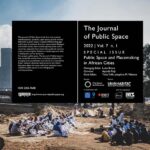


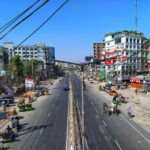
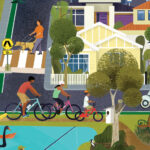
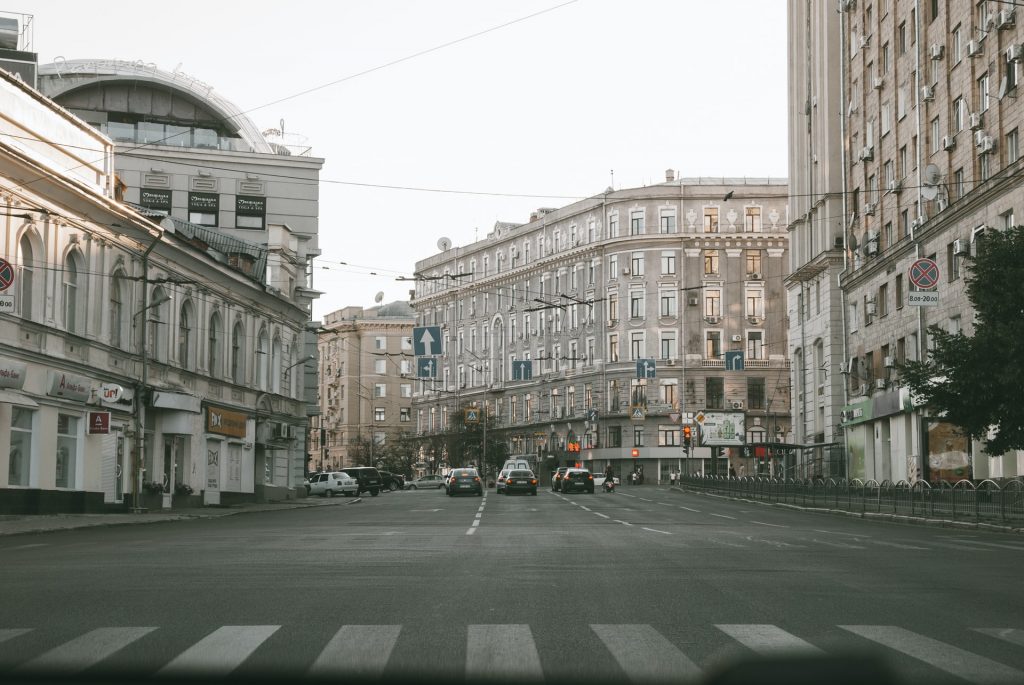
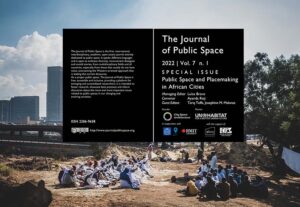
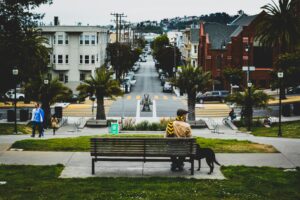
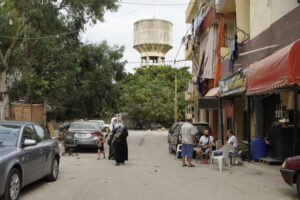
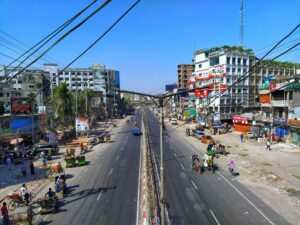
More Stories
Defining Placemaking: What Does It Really Mean?
Contemporary Public Spaces: 11 Projects That Inspire New Ideas
A stealthy reimagining of urban public space by Elizabeth Diller